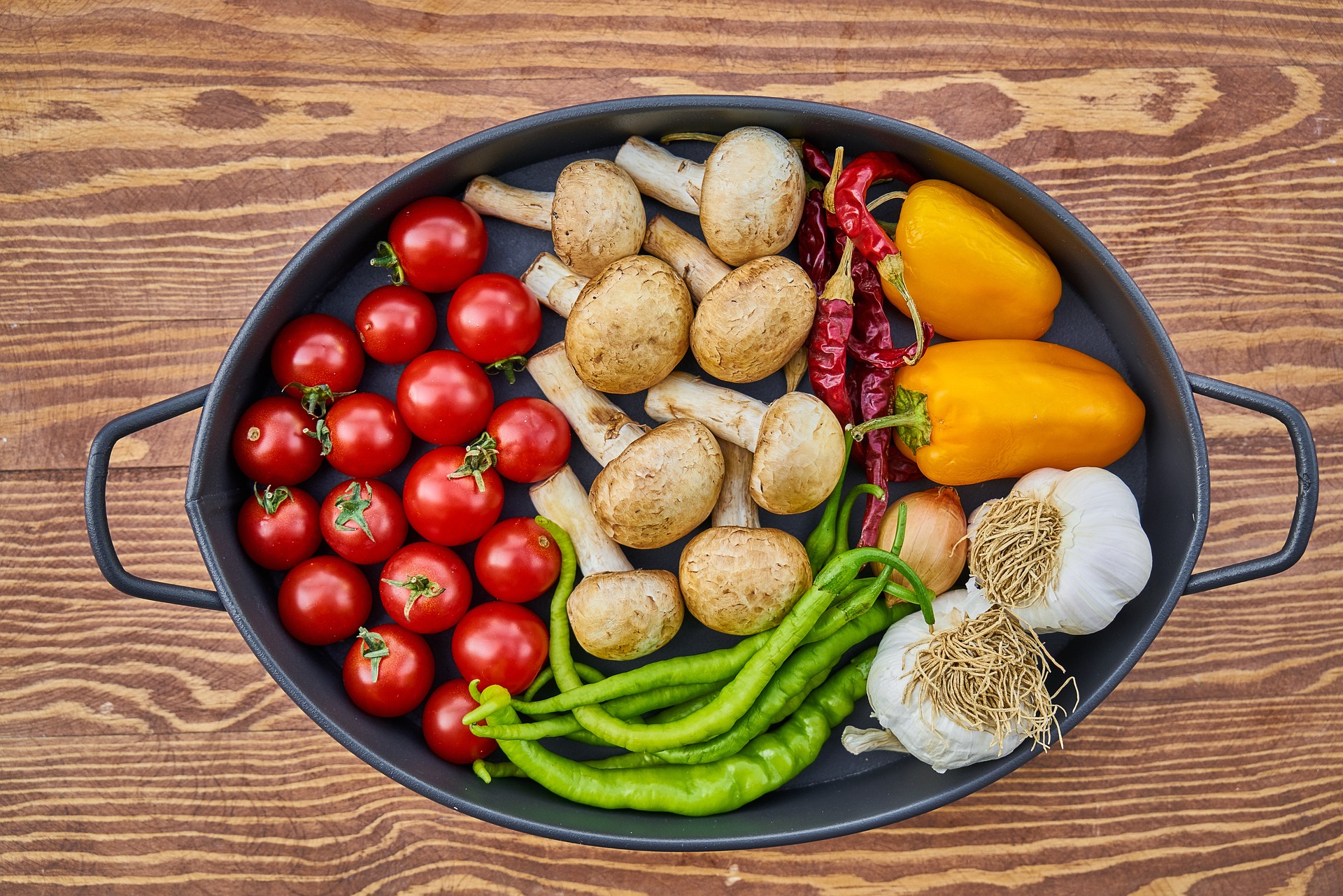Umami Alchemy: Crafting Depth in Plant-Based Dishes
Elevate your plant-based cooking with the magic of umami. This savory fifth taste, often associated with meat and cheese, can be unlocked in vegetarian cuisine through clever techniques and ingredient combinations. Discover how to create rich, satisfying flavors that will tantalize taste buds and challenge perceptions of meatless meals.

The primary compounds responsible for umami are glutamates, inosinates, and guanylates. These occur naturally in many plant-based ingredients, albeit in lower concentrations than in meat or fish. By understanding which plants are rich in these compounds and how to enhance their umami potential, we can create vegetarian dishes that rival their meaty counterparts in flavor complexity.
Some plant-based umami powerhouses include tomatoes, mushrooms, seaweed, soy products, and fermented foods like miso or kimchi. These ingredients can be combined or prepared in ways that amplify their savory qualities, creating a foundation for deeply satisfying plant-based cuisine.
Umami-Boosting Techniques
Cooking methods play a crucial role in developing umami flavors in plant-based dishes. Techniques that concentrate flavors or create new compounds through chemical reactions can significantly enhance the savory profile of vegetarian ingredients.
Roasting vegetables, for example, caramelizes their natural sugars and concentrates their flavors, intensifying any inherent umami. This works particularly well with tomatoes, mushrooms, and root vegetables. Slow-roasting tomatoes until they’re nearly dry creates a potent umami bomb that can be used in various dishes.
Fermentation is another powerful tool for developing umami. The process breaks down proteins into free amino acids, including glutamate, which is responsible for umami taste. Incorporating fermented ingredients like miso, tempeh, or kimchi into plant-based dishes can add instant depth and complexity.
Dehydration is an often-overlooked technique that can concentrate umami flavors. Creating vegetable powders from dehydrated mushrooms, tomatoes, or seaweed provides a convenient and potent umami boost that can be sprinkled into dishes as needed.
Umami Synergy: Flavor Pairing
Understanding flavor synergies is crucial in plant-based umami alchemy. Certain combinations of ingredients can create a flavor impact greater than the sum of their parts. This is particularly true when pairing different sources of umami compounds.
For instance, combining tomatoes (rich in glutamates) with mushrooms (high in guanylates) creates a powerful umami effect. This explains why mushroom-tomato sauces are so satisfying even without meat. Similarly, pairing soy sauce with seaweed can create a deeply savory base for broths or marinades.
Experimenting with these synergistic combinations can lead to exciting flavor discoveries. Try combining sun-dried tomatoes with nutritional yeast in a plant-based “Parmesan” sprinkle, or use miso and mushroom powder to create a rich, savory glaze for roasted vegetables.
Remember that umami can also be enhanced by other taste elements. A touch of sweetness or acidity can help to highlight and balance savory flavors, making them more pronounced and enjoyable.
Plant-Based Umami Pantry Essentials
Building a well-stocked pantry is key to creating umami-rich plant-based dishes on the fly. Here are some essential ingredients to keep on hand:
-
Nutritional yeast: This deactivated yeast is packed with glutamates and has a cheesy, nutty flavor that adds depth to many dishes.
-
Dried mushrooms: Porcini, shiitake, and other dried fungi can be ground into powder for an instant umami boost.
-
Miso paste: This fermented soybean paste comes in various strengths and adds complex, salty-savory notes to dishes.
-
Tamari or soy sauce: These fermented soy products are umami in liquid form, perfect for marinades, dressings, and sauces.
-
Sun-dried tomatoes: Concentrated tomato flavor adds depth to sauces, spreads, and dressings.
-
Seaweed: Nori, kombu, and dulse are rich in glutamates and add a unique savory quality to dishes.
Having these ingredients on hand allows you to quickly add umami depth to any plant-based meal. Experiment with different combinations to find your favorite flavor enhancers.
Umami-Rich Plant-Based Recipes
Put your umami alchemy skills to the test with these deeply satisfying plant-based recipes:
-
Mushroom “Bacon” BLT: Thinly sliced king oyster mushrooms marinated in a mixture of tamari, liquid smoke, and maple syrup, then slow-roasted until crispy.
-
Umami-Bomb Ramen: A rich broth made with roasted vegetables, dried shiitakes, and kombu, topped with miso-glazed tofu and crispy nori strips.
-
Savory Lentil and Walnut “Meatballs”: Combine cooked lentils, ground walnuts, nutritional yeast, and sun-dried tomatoes for deeply flavored plant-based “meatballs.”
-
Umami-Glazed Roasted Cauliflower: Whole roasted cauliflower basted with a glaze of miso, nutritional yeast, and maple syrup for a show-stopping centerpiece.
Umami Wisdom: Tips and Tricks
-
Use mushroom stems and vegetable scraps to make a rich, umami-packed stock.
-
Soak dried mushrooms in hot water, then use both the rehydrated mushrooms and the soaking liquid in your cooking.
-
Caramelize onions slowly to develop their natural umami qualities.
-
Experiment with different types of miso (white, yellow, red) for varying intensities of umami flavor.
-
Toast nuts and seeds before using them in recipes to enhance their savory qualities.
-
Use a splash of umami-rich liquid (tamari, miso soup, mushroom stock) to deglaze pans and capture all the flavorful bits.
By mastering these umami alchemy techniques, you’ll be able to create plant-based dishes that satisfy even the most devoted carnivores. The key is to experiment, combine different umami sources, and trust your palate. With practice, you’ll develop an intuitive understanding of how to build complex, savory flavors in your plant-based cooking, opening up a world of culinary possibilities.





